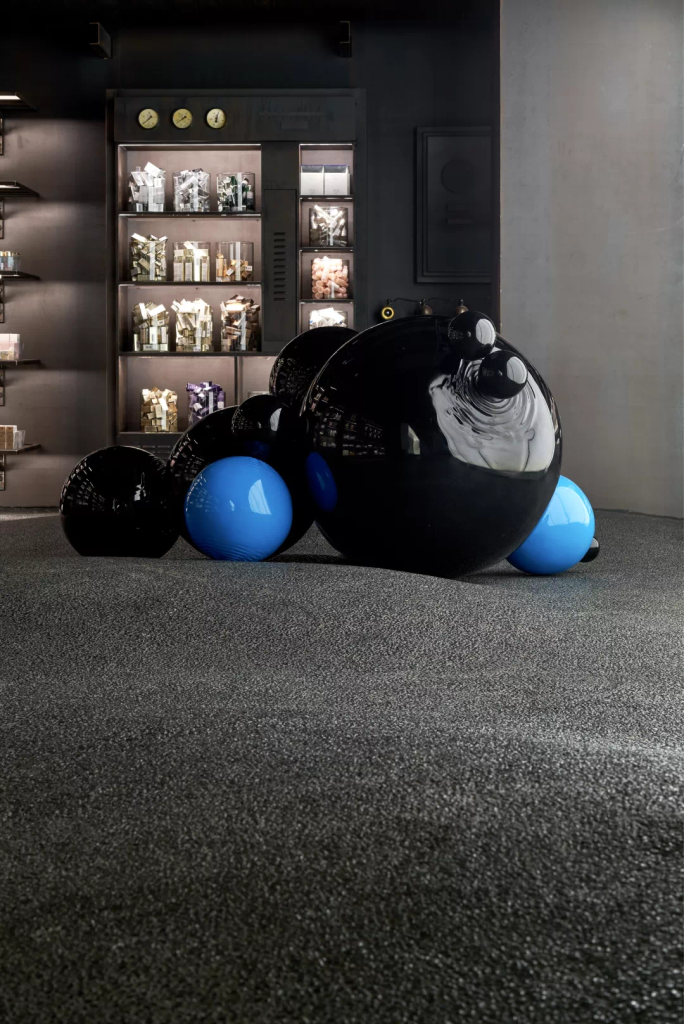Looking back at some of my previous interventions, I realised that I needed to reach out more deeply to my stakeholders. The deeper engagement here included two aspects
1: In terms of audience size, the goal of my project was to increase Chinese consumers’ awareness of organic skincare concepts and products I should try to make my intervention visible to more skincare users living in China and to generate more interaction and engagement with them.
2: In terms of message quality: I needed to be clearer in delivering a more practical, clear and easy to understand message to my stakeholders.
After talking to Peng Hao, Shiseido’s marketing manager in Shanghai, I realised that new media campaigns in the post-epidemic Chinese market were the most direct and effective way to get the message out to the public. I also learnt from secondary research that the main consumer of organic skincare in the Chinese market is the Chinese millennial generation, and the audience questionnaire collected after the fourth intervention also showed that the age range of the exhibition audience was mainly 18-28 (65%) and 28-32 (24%).
During the feedback collection process for several interventions, I realised that the choice of format and platform of the intervention was also an important factor in the outcome. Combining this information, and in order to target my project’s stakeholders more, I decided to conduct my next intervention on Xiaohongshu, the largest self-publishing platform in China with the largest number of users in this age group.
So I created an account on Xiaohongshu called VOLCANO LAB. The account focuses on sharing organic skincare brands to the general public, with the stories and ideas behind the brands.
Account Link

After 2 months of consistent posting, the account now has 8280 followers and 14,000 likes on over fifty posts. On average, each post has 80-150 likes, with 20 or 30 comments, which is a pleasing amount of feedback for a vehicle intervention.
I do two things with this account
1: Post a daily research on organic brands. The content includes the story of the brand, the introduction of the manager, the overall philosophy of the brand, and the lifestyle that the brand advocates.


2: I started the topic #EveryDayMeetsAnOrganicSustainableBrand on Little Red Book to get every user involved. So far there are 83 tweets under this topic and the sub-topic has been viewed 153,000 times.

Through the sharing of VOLCANO LAB, I have gained more understanding of these products, and even the understanding behind the products, and realized that brand sharing is not for business, but more for the awareness of the whole consumer concept and the upgrading of the industry.
As the account has been running, many people have commented on the posts I have made. Some have expressed a desire to have easy access to their products, while a start-up Chinese organic brand has contacted me to promote their brand through me. So I set up an organic beauty community, hoping to bring together a group of people interested in sustainable organic skincare to discuss and share their ideas, and to get more feedback from my stakeholders. Some of the 361 people in the community are consumers interested in organic beauty, while others are organic skincare practitioners and founders looking for collaboration and publicity.

